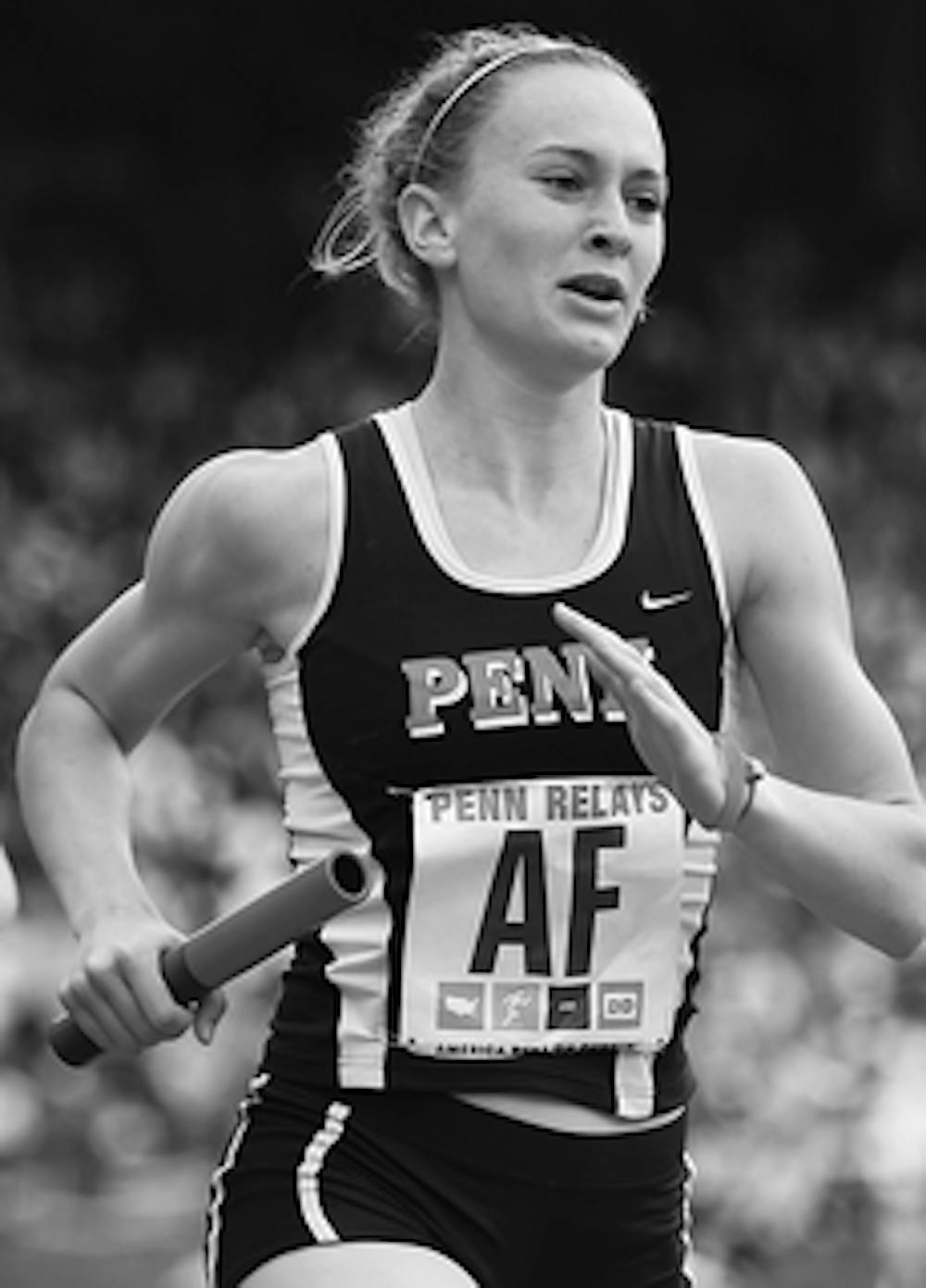
If you ask Tim Hickey about his time coaching girls' track at William Penn High School in the 1970s, you're bound to reel from his musings.
"Girls were unofficial at that time, so I was unofficial," he said with a chuckle.
It's not without a reason that Hickey began his narrative of his career with girls' high school track tongue-in-cheek. The man himself is a testament to Title IX, a living example of how it created something from the tradition of nothing.
Now the Secondary Schools Committee Chairman for the Penn Relays, Hickey has been involved with high school girls' track for over 40 years. He's followed the breadcrumb trail of its exclusion, gradual embrace by the Relays and eventual surge to popularity in Philadelphia.
Unlike other high school coaches, Hickey hadn't come up through the Philadelphia "farm system" - he had no experience in the city, no knowledge of the circuit or the types of talent he would encounter. The most relevant qualification he had on his resume was his stint with the Peace Corps in Africa, where he had coached teenagers.
"When I went over I was working with basketball, though I had kids running before long," he said. "They were a lot better runners than they were basketball players."
The scene upon his arrival in the City of Brotherly Love in 1968 was perhaps, in track terms, as barren as it had been in the Third World. Though women had been competing in track and field in the Olympics since 1928, the opportunities for them on a high school or collegiate level were virtually nonexistent. Young women found little opportunity to race at high school events and, more relevantly, on the oval track of Franklin Field.
"When I first game to Philadelphia, there was no high school girls' track in [the entire city]," Hickey pointed out. "They would just have club 'play dates.' Red team and a blue team. Not very competitive."
Then came 1972 and Title IX of the Education Amendments, a catalyst for a 904% increase in female high school athletic participation and the addition of a bevy of new high school girls' events at the Relays.
"When they first put high school girls onto the schedule, it was a 4x100 with only one or two sections," explained Hickey. "It wasn't until '78 or '79 that they had girls running the distance medleys, because they didn't think that girls could actually run that far."
Turns out that lacking a Y-chromosome gave the female athletes the key to a whole new day in the Relays schedule, as Thursday attendances began to spike with the addition of high school women's events.
"The women's growth just exploded so much that they added Thursday as the 'women's day,'" he said. "The girls were starting to [garner] more interest than the boys did. Now we have several hundred ['s] teams in all the relays."
This year, there will be more than 22,000 entries in the 115th running of the Penn Relays, with high schoolers comprising more than half of the participants.
"The TV [networks] . now all they play is the US versus the World events," Hickey said. "But what makes the relays are the high school runners. The majority of the people in the stands are there for the high schools. The [networks] have the idea that the only thing people want to watch is the US versus the World."
But the High School events Chairman knows that if you've ever been in the true "epicenter" of the Relays - on the infield during a high school boys 4x800 championship or a girl's 200 meter sprint - you've felt the heartbeat of the sport.
"They talk about track and field, they say it's dying in the U.S.," Hickey said, "But if you go to any high school meet, you see just how alive it really is."
The Daily Pennsylvanian is an independent, student-run newspaper. Please consider making a donation to support the coverage that shapes the University. Your generosity ensures a future of strong journalism at Penn.
DonatePlease note All comments are eligible for publication in The Daily Pennsylvanian.




